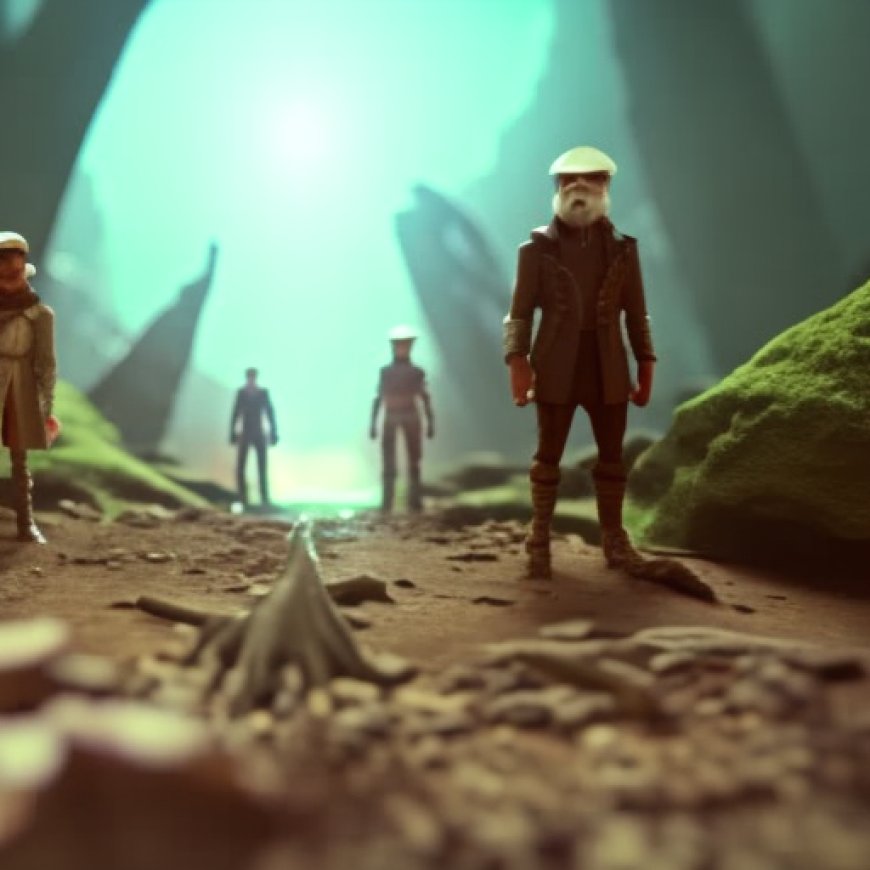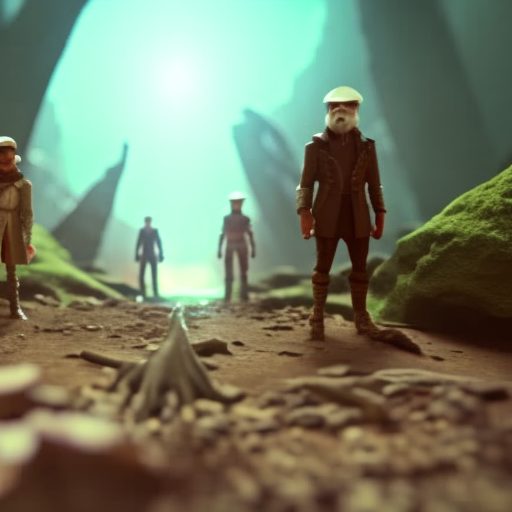Scientists discover fossilized remnants of earliest known forest
Fossilized forest dating to the Devonian Period discovered in England The Washington Post


Sustainable Development Goals and the Discovery of the World’s Earliest Known Forest

Introduction
Scientists have recently made a significant discovery of fossilized evidence that sheds light on the world’s earliest known forest. This discovery provides valuable insights into how plants grew hundreds of millions of years ago.
The Study and Findings
In a publication by the Journal of the Geological Society, researchers describe their findings of a fossilized forest that represents a pivotal moment in biology, which would forever change the planet.
Location and Significance
The fossilized forest was discovered atop cliffs on the south side of the Bristol Channel, an Atlantic inlet separating England and Wales. These sandstone cliffs, previously overlooked by paleobotanists, are now recognized as the home of the world’s oldest fossilized forest, predating the previous record holder by 4 million years.
The Devonian Period and Forest Development
The fossils discovered are approximately 390 million years old, dating back to the Devonian Period. This period, often referred to as the “age of fishes,” witnessed a surge in marine life in the oceans that covered most of the planet. Additionally, it marked the development of the first forests.
Description of the Ancient Forest
The fossilized plants found in the ancient forest were remarkably different from modern ones. The trees, known as Calamophyton, were shorter in height and had thin, hollow trunks without leaves. Instead, they had twig-like growths that they later shed. These densely-packed trees had a significant impact on the landscape, with their dropped twigs shaping the environment.
Environmental Impact and Ecosystem Formation
The ancient forest played a crucial role in shaping the world around it. The root structures of these trees stabilized the soil, making it more resistant to floods. Additionally, the debris shed by the growing forests created new animal habitats, distributed nutrients, and contributed to the formation of the landscape.
Importance of Earth’s Plant Past
The fossils discovered in this study represent a significant stage in Earth’s development. They serve as a reminder of the importance of continuously searching for evidence of Earth’s plant past, even in areas previously considered insignificant.
Conclusion
The discovery of the world’s earliest known forest provides valuable insights into the ancient history of plant life. It also highlights the need to prioritize research and exploration in order to further our understanding of Earth’s past and contribute to the achievement of the Sustainable Development Goals (SDGs).
SDGs, Targets, and Indicators Analysis
1. Which SDGs are addressed or connected to the issues highlighted in the article?
- SDG 15: Life on Land
The article discusses the discovery of the world’s earliest known forest, which is relevant to SDG 15, which aims to protect, restore, and promote sustainable use of terrestrial ecosystems, sustainably manage forests, combat desertification, halt and reverse land degradation, and halt biodiversity loss.
2. What specific targets under those SDGs can be identified based on the article’s content?
- Target 15.1: By 2020, ensure the conservation, restoration, and sustainable use of terrestrial and inland freshwater ecosystems and their services, in particular forests, wetlands, mountains, and drylands, in line with obligations under international agreements.
The discovery of the fossilized forest highlights the importance of conserving and understanding terrestrial ecosystems and their historical development.
3. Are there any indicators mentioned or implied in the article that can be used to measure progress towards the identified targets?
- Indicator 15.1.1: Forest area as a proportion of total land area.
The article mentions the fossilized forest as evidence of the development of the first forests. This indicates the presence of forested areas in the past, which can be measured as a proportion of the total land area to track progress towards conserving and restoring forests.
Table: SDGs, Targets, and Indicators
| SDGs | Targets | Indicators |
|---|---|---|
| SDG 15: Life on Land | Target 15.1: By 2020, ensure the conservation, restoration, and sustainable use of terrestrial and inland freshwater ecosystems and their services, in particular forests, wetlands, mountains, and drylands, in line with obligations under international agreements. | Indicator 15.1.1: Forest area as a proportion of total land area. |
Behold! This splendid article springs forth from the wellspring of knowledge, shaped by a wondrous proprietary AI technology that delved into a vast ocean of data, illuminating the path towards the Sustainable Development Goals. Remember that all rights are reserved by SDG Investors LLC, empowering us to champion progress together.
Source: washingtonpost.com

Join us, as fellow seekers of change, on a transformative journey at https://sdgtalks.ai/welcome, where you can become a member and actively contribute to shaping a brighter future.







